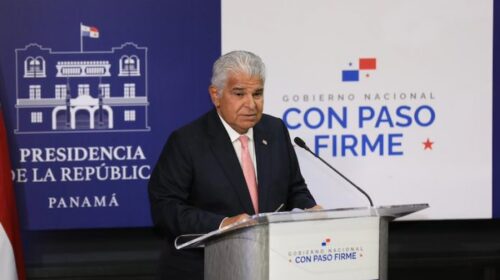First Quantum Minerals tops Zambian taxpayer list
This payment alone accounted for about a quarter of the country’s extractive payment receipts for that period of K17.98-billion, based on figures reported by the industry.
FQM’s newer subsidiary, Kalumbila Minerals, paid K2-billion in taxes while its operations unit, First Quantum Mining and Operations, paid K658-million – accounting for 11.2% and 3.7% of the government’s total revenue from the sector respectively.
The tax payments included value-added tax, mineral royalty tax, pay as you earn, import tax and income tax, as well as dividends and other investment income collected by investment and operations company ZCCM-Investment Holdings, social payments by companies and payments to the Environmental Protection Fund.
FQM country GM Kingsley Chinkuli says FQMs business, including the taxes and royalties it pays, play a critical role in the overall economic health and development of Zambia.
“The funds we provide to government and communities support the basic infrastructure of society, including bridges and roads, schools and hospitals, as well as other local development priorities. This is in addition to the enormous economic impact of job creation and skills training.”
He adds that being transparent about where these payments go helps FQM stakeholders better understand how these funds may be used.
CHALLENGING TAX REGIME
However, Zambia’s leading economists have cautioned government over the 2019 mining tax regime that has raised the tax burden on mines to “unsustainable and uncompetitive” levels.
The new tax measures targeted at the mining sector in the 2019 budget saw the royalties increasing from 4% to 6%, and introduced a new 10% tax when the price of copper exceeds $7 500/t.
Chinkuli notes that although Zambia has made tremendous headway on the economic development scale through the contribution of the mining sector, these gains could be hampered by an unfavourable tax regime.
In this regard, he says mineral tax systems should ensure adequate payments to both the country and to the investor.
“An effective and efficient mineral tax regime that aims to attract foreign direct investment should seek to adequately compensate the country while remaining internationally attractive and competitive.”
According to a recent report, titled ‘Assessment of Mining Fiscal Regime in Zambia: 2000-2019’, by Professor Oliver Saasa and Zambia Institute for Policy Analysis and Research’s Shebo Nalishebo, the Zambian mining sector taxes and royalties paid to the government contribute significantly to the national economy.
During the first half of 2019, the mining sector’s direct contribution was 13% of domestic revenues.
Source: miningweekly.com





